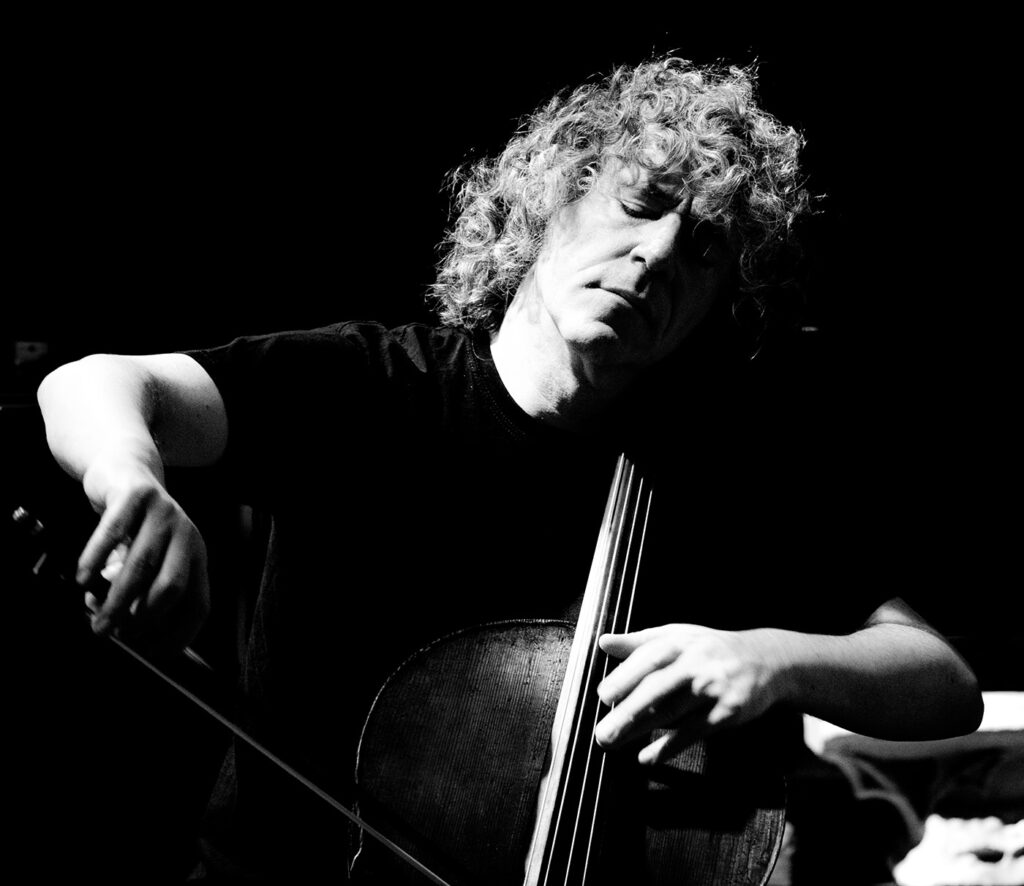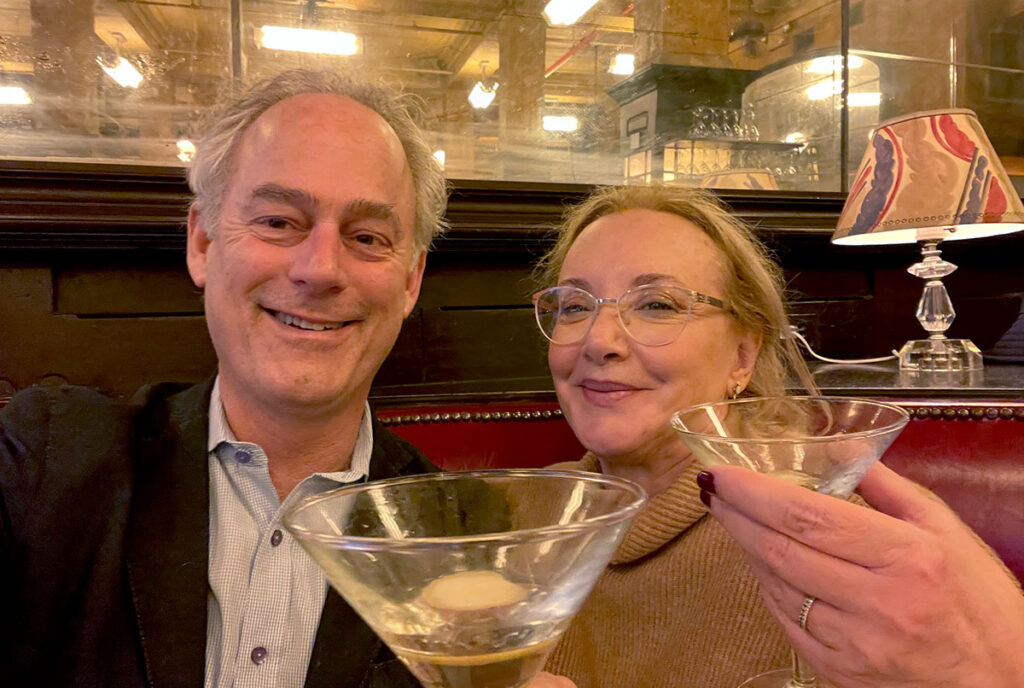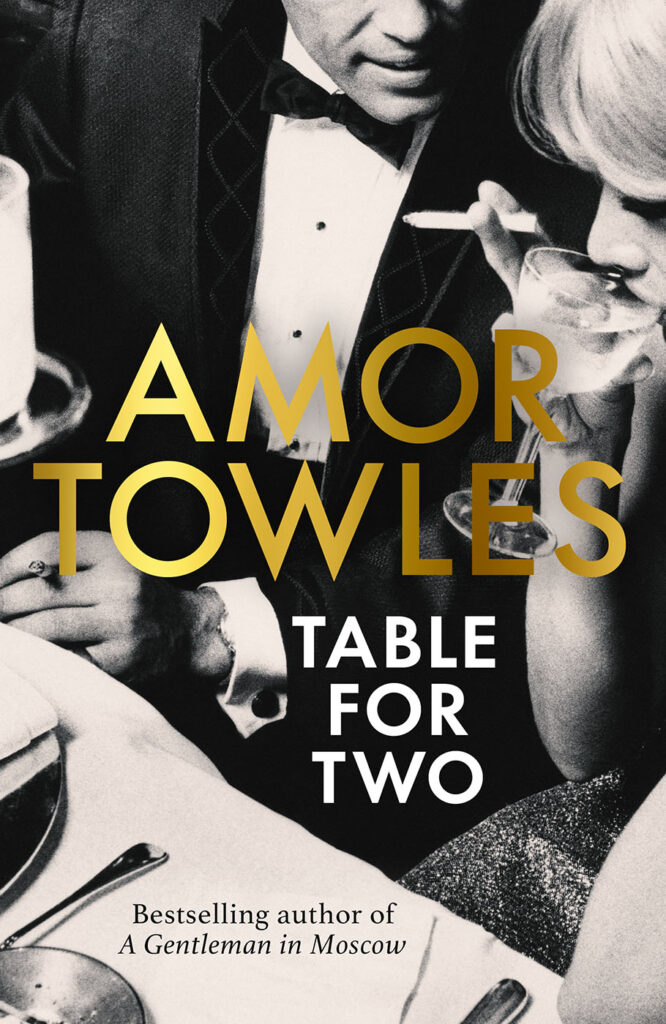Table for Two: Q and A
Click image to enlarge
Spoiler Alert: My answers below occasionally refer to key events in the stories. As a result, I’d recommend you read the stories first –Amor.
Where do your short stories come from?
My writing almost always begins with a simple premise or conceit. For my novels, the premise usually springs from my imagination with little connection to my personal experiences. But in the case of the New York stories in Table for Two most of them began with some small encounter I witnessed first-hand, and which I then found myself elaborating upon in my imagination.
In my early thirties, for instance, my wife and I subscribed to a series of piano concerts at Carnegie Hall. As this was our first foray into New York’s high culture of classical music, we dressed up and treated ourselves to a nice dinner. But on the first night of the series, I realized the old man in the raincoat who was sitting next to me was illicitly recording the concert. I couldn’t get over the gall of it. When we attended the second concert in the series, there he was again with his raincoat and his recording device. I was so irked by what he was doing, I couldn’t even listen to the famous pianist on stage (Evgeny Kissin). Instead, I spent the whole concert fantasizing that I would report this scofflaw to security. Of course, I didn’t report him. But my fantasy of indignation grew into “The Bootlegger.”
Around the same time, I was walking through Central Park and stumbled upon the area where roller skaters gather together to skate to disco, performing elaborate moves to the rhythm of the music. When I stopped to enjoy the spectacle, I noticed that one of the best skaters was a tall, aristocratic man in his sixties. His presence seemed so incongruous I found myself wondering who he was and whether his associates or family members knew of his pastime. These are the wonderings that led to “I Will Survive”.
In a way, the origin of “The DiDomencio Fragment” dates back to my youth. As a boy, my grandparents, who were Boston Brahmins, lived in a large brick house in the neighboring town. The grand staircase leading to the second floor made a 180 degree turn at a landing. On opposites sides of the landing hung full length portraits dating from the 19th century of my grandfather’s grandparents.
When I was around ten, my grandparents sold the large brick house and moved into a small clapboard one that was at least two hundred years old. Consistent with the Revolutionary era architecture in New England, this house had low ceilings and wainscoting throughout the first floor, two facts which precluded the hanging of full-length portraits. As a result, my grandfather—a practical man to the last—had the paintings cut in half, reframed, and hung in the dining room.
Forty years later, I was in my office remembering those paintings, wondering wistfully what had happened to the legs of my ancestors. I found myself imagining a WASPy patriarch who, upon his death, had a beloved painting quartered, so that he could leave a portion to each of his four sons…
You like to plan out your novels. Do you do the same thing with your short stories?
I do. But, naturally, the planning process for a novel is very different from that of a short story. In a novel there are thousands of details spanning plot, character, setting, and theme which I may consider carefully in advance before writing the book. In a short story, I will still try to imagine all the key elements in advance, but these may amount to a handful.
To what degree do your stories reflect your own life?
None of the stories in the collection are about me or my family, per se. Even though the premises may have sprung from some personal event, the characters and their experiences are all invented. But inevitably, as I’m writing a story, I may make use of some detail from my life or from the realm of my interests.
A good example of this is Percival Skinner’s discussion of the Annunciation as a painting in “The DiDomenico Fragment.” When my wife and I were married in the 1990s, we spent part of our honeymoon in Tuscany where we visited the Uffizi in Florence as well as an array of chapels and monasteries that showcased works from the Renaissance. While we were on that trip, I saw depictions of the Annunciation executed by a variety of the era’s greatest painters, and I was struck by how similar they were in design. They always seemed to have Mary on the right and Gabriel on the left; Mary holding a book and Gabriel a lily; Mary in a quasi-interior and Gabriel outside or in front of a window with a view, etc. This observation led to a small obsession. I began hunting out Annunciations from the Renaissance in museums around the world to see if they had a similar design—and for the most part, they did.
While imagining the events of “The DiDomenico Fragment” I knew the patriarch would quarter a beloved painting, which would then be divided further by following generations. What I didn’t know is what the painting would be. Faced with such a quandary, I’ll often find myself pacing my office considering and discarding options. Then suddenly, the perfect solution will present itself. “Of course!” I said to myself, in this instance: “The quartered painting will be an Annunciation from the Renaissance and my narrator will be able to analyze the history of the Annunciations on my behalf.”
A second example from “The DiDomenico” is the prank described by Percy to his young nephew, Lucas. As a boy, Percy and his cousin placed a garbage can on top of a flagpole, a stunt that is fairly difficult to achieve, and even more difficult to undo. When Percy was older, at a family party he sketched out the means of achieving this prank for Lucas’s father. Well, one summer when I was a boy, my roguish uncle Neddy sketched out the same design on a napkin during a cocktail party. Around one in the morning, my cousin, Mackie, and I succeeded in placing the garbage can on the flagpole. It took the fire department’s ladder truck to get the garbage can off again. Needless to say, Mackie and I were grounded.
One more personal detail which crops up in the collection is the cameo made in the “Bootlegger” by the great British cellist Steven Isserlis.” I am not a big fan of social media, but upon occasion Instagram and Twitter have given me a gift by connecting me, unexpectedly, with someone I’ve admired from a distance. Steven is one such person. Having enjoyed each other’s work, we met through social media and ultimately became friends.
So, having decided the characters in “The Bootlegger” would attend Carnegie Hall on four nights to hear four different virtuosos, I immediately thought that Steven should be one of them. He could appear with the instrument he played at the time, a Gaudagnini cello from 1745.
I knew I wanted the culminating moment of the story to be the narrator hearing Steven play the prelude to the first of Bach’s Suites for Cello (in G Major) , as that piece has long been a favorite of mine. My choice of this piece proved fortuitous because around the same time Steven wrote a wonderful book called The Bach Cello Suites. What history of the suites appears in the story does so thanks to Steven.
More importantly, I was able to give a draft of the story to Steven so that he could point out my musical errors. There were several, of course, but here’s my favorite: In the original version of the story, when Steven finishes the first half of the program, he glances at his wristwatch, realizes he’s a little ahead of schedule, and offers to play this piece by Bach. Upon reading the draft, Steven pointed out that he would never wear a wristwatch at a concert. “Because it would be distracting?” I asked. “No!” he replied. “Because the watch could damage the cello!”

What is the history behind Eve in Hollywood?
As a novelist, I’m a planner. I will spend several years laying out exactly what is going to happen in one of my books before I begin writing. Readers often ask me if I ever make changes to my outline, and if my characters ever interfere with my plans by taking matters into their own hands. The answer is yes to both questions, and Evelyn Ross is a perfect example.
In my novel Rules of Civility, which is set in 1938, Eve Ross is the spirited and somewhat willful best friend of the narrator Katey Kontent. Late in the novel, after surviving a car accident and the dissolution of a relationship, Eve announces she’s leaving New York City and heading home to Indiana.
But as I was writing the scene in which her train pulls into Chicago’s Union Station, where her parents were waiting, I realized that Eve would never go home to Indiana—and my narrative veered. Mr. Ross ends up calling Katey and saying that Eve never got off the train; that he had tracked down the conductor who informed him that at the last minute Eve had extended her ticket to Los Angeles.
In the Epilog of the book, Katey tells us that the next she heard of Eve was in March 1939 when a friend gave her a gossip magazine with a photo of her old friend exiting the Tropicana Club on the arm of Olivia de Havilland.
When I finished writing Rules of Civility, I had no desire to follow the lives of Katey or Tinker further. Everything that you needed to know about those characters, I felt, was in the book. What I did find myself wondering was what happened to Eve? To answer that question, shortly after Rules was published, I wrote a series of six interlinked short stories called “Eve in Hollywood” which gave readers a glimpse of her new life. When I shared the work, I would tell people that the volume, like its protagonist, was slim and enigmatic. It turned out to be too slim and enigmatic even for me! So, last year, I checked into the Beverly Hills Hotel and finally gave Eve the story she deserved.
Can you tell us about the title of the collection?
When I finished assembling this collection, it occurred to me that in most of the pieces, a critical moment involved a pair of family members or strangers facing each other across a kitchen table to confront some new reality in their lives. I wasn’t conscious of this while writing the stories, but it must have sprung from a conviction in my subconscious that our lives can often change materially due to a single conversation at a table for two.
Are you involved in choosing the narrators for the audio books?

I am. Typically, the publishing house will ask what I’m looking for in general. Based on my guidelines, they will do a search and present several alternatives for me to choose from. In the case of Table for Two, the casting of the narrators was relatively easy. Edoardo Ballerini, the accomplished actor and audiobook giant, had masterfully narrated the majority of The Lincoln Highway. It was a pleasure to have him narrate Table for Two as well. Our only problem was that in the collection there is one story narrated by a woman. But as soon as this issue was raised, I knew exactly who I wanted to narrate that story. J. Smith Cameron (of Succession fame) and I had become friends initially through Twitter, and then through a shared love of Martinis. I knew she would be perfect as Mary Elizabeth Harkness, the narrator of “The Bootlegger”


